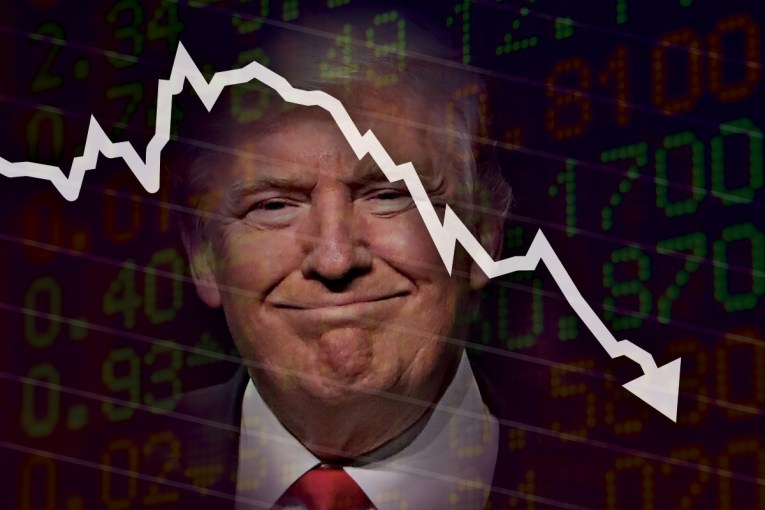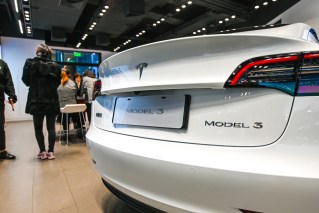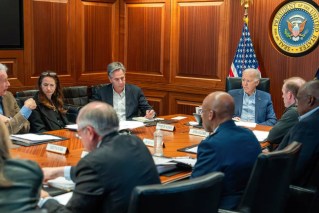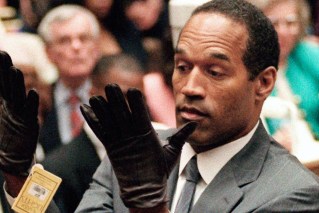US central bank hikes rates by largest increase in three decades
The US Federal Reserve has intensified its drive to tame high inflation by raising its key interest rate by three-quarters of a point, its largest hike in nearly three decades.
The move the Fed announced after its latest policy meeting on Wednesday (local time) will raise its benchmark short-term rate, which affects many consumer and business loans, to a range of 1.5 per cent to 1.75 per cent.
With the additional rate hikes they foresee, the policymakers expect their key rate to reach a range of 3.25 per cent to 3.5 per cent by year’s end – the highest level since 2008 – meaning that most forms of borrowing will become sharply more expensive.
The central bank is ramping up its drive to tighten credit and slow growth, with inflation having reached a four-decade high of 8.6 per cent and showing no sign of slowing.
The Fed’s three-quarter-point rate increase exceeds the half-point hike that chair Jerome Powell had previously suggested was likely to be announced.
The Fed’s largest rate hike since 1994 was an acknowledgement that it is struggling to curb the pace and persistence of inflation, which has been worsened by Russia’s war against Ukraine and its effects on energy prices.
Asked at a news conference why the Fed was announcing a more aggressive rate hike than he had earlier signalled it would, Mr Powell replied the latest reports had shown inflation to be hotter than expected.
“We thought strong action was warranted at this meeting,” he said.
“And we delivered that.”
Inflation has shot to the top of voter concerns in the months before Congress’s midterm elections, souring the public’s view of the economy, weakening US President Joe Biden’s approval ratings and raising the likelihood of Democratic losses in November.
Mr Biden has sought to show he recognises the pain that inflation is causing, but has stressed his belief that the power to curb inflation rests mainly with the Fed.
Yet the Fed’s rate hikes are blunt tools for trying to lower inflation while also sustaining growth. And the Fed is not ideally suited to address many of the roots of inflation, which involve Russia’s invasion of Ukraine, still-clogged global supply chains, labour shortages and surging demand for services from airline tickets to restaurant meals.
In their updated forecasts, the Fed’s policymakers indicated that after this year’s rate increases, they foresee two more rate hikes by the end of 2023, at which point they expect inflation to finally fall below 3 per cent, close to their 2 per cent target.
But they expect inflation to still be 5.2 per cent at the end of this year, much higher than they had estimated in March.
The officials sharply lowered their projections for economic growth, to 1.7 per cent this year and next.
Investments around the world, from bonds to bitcoin, have tumbled on inflation fears and the prospect that the Fed’s aggressive drive to control it will cause a recession.
-AAP








